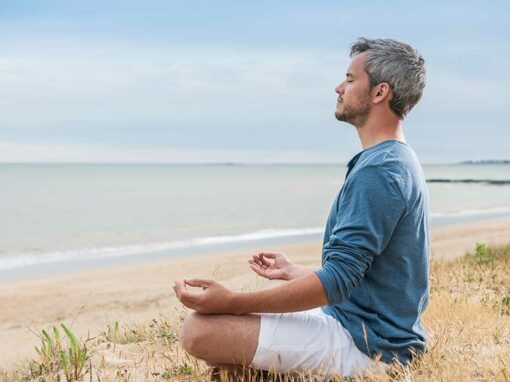Lifestyle is integral to our daily existence. How we eat, work, behave, and unwind all contribute to our way of living, ultimately forming a vivid picture of an individual.
That said, by looking into one’s lifestyle, you already understand their well-being, emotional stability, and overall health.
Naturally, most people strive toward a healthy lifestyle. However, this might pose a challenge due to the rapid advancement of the modern age.
Everything happens in a blink of an eye, so trying to keep up with the pace leaves you incredibly exhausted.
Consequently, you’re compelled to indulge in unhealthy food, laziness has become commonplace, and physical activity is practically non-existent. Normally, alterations are in order.
To maintain good health, you shouldn’t just focus on yourself but rather the world around you. To specify, you should strive for a lifestyle where you’re one with nature, encouraging you to discover new things and be open to new experiences.
In turn, this results in a significant boost to your emotional, physical, and mental health.
If this has piqued your interest, allow us to introduce you to a Vedic way of living, commonly known as a Vedic lifestyle.
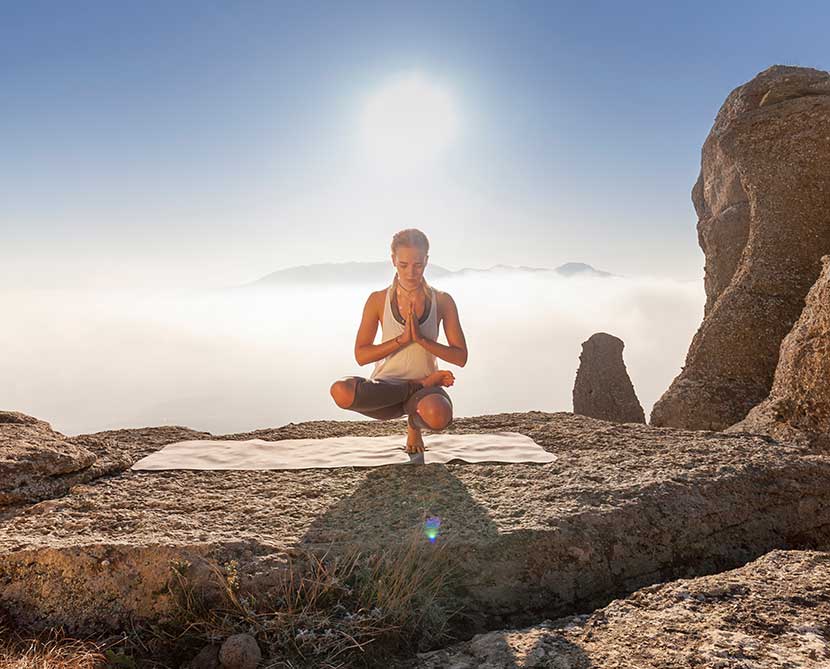
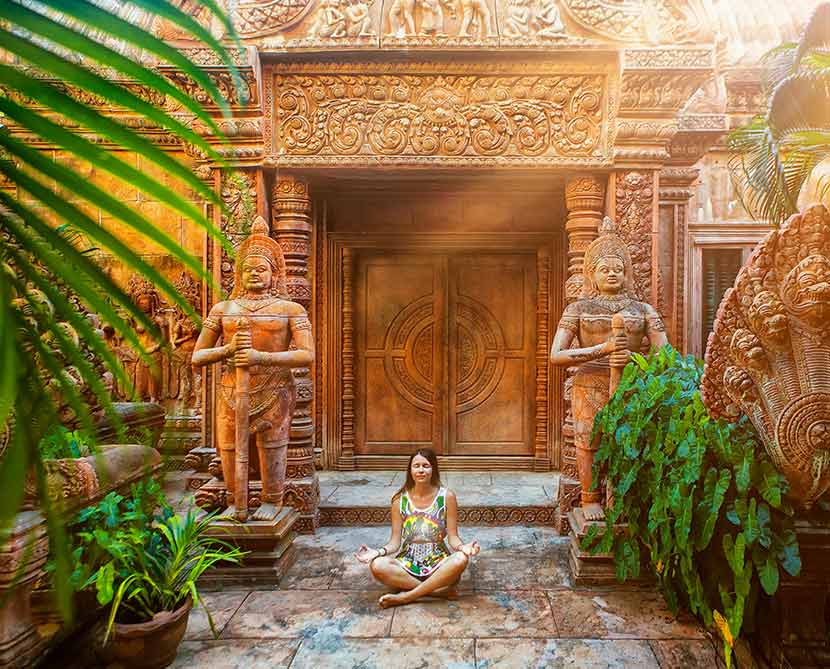
Origins Of Vedic Lifestyle
‘Vedic’ derives from the Vedas, the ancient scriptures of Hinduism, containing the teachings of various Sadhus, Yogis, and Gurus.
Typically, the Vedic lifestyle gathers inspiration from these writings, teaching individuals the importance of balance and mindfulness while navigating life.
In essence, this lifestyle demands that one practices compassion, self-love, and discipline, thus getting a deeper sense of purpose.
Now, Ayurveda and Yoga are the stand-out representatives of the Vedic lifestyle. But if we dive deeper into the Vedas, we’ll likely learn about matters that encompass our daily lives.
The 4 Stages Of Vedic Lifestyle
The Vedas divide life into 4 stages known as Ashramas, all of which are targeted at personal development and growth.
The first is called Brahmacharya, focusing on the thirst for knowledge. On the other hand, the second one, Grihastha, is centered around family and being a part of a community.
Vanaprastha, or the third Vedic life stage, is meant for spiritual pursuit, reaching for knowledge from within.
Finally, Sannyasa solely focuses on living a life in complete spirituality.
How To Live A Vedic Lifestyle
As previously mentioned, the Vedic way of living is about getting in touch with your spiritual side, thus establishing a deeper connection with nature.
You should implement determination, discipline, self-discovery, and compassion in your routine. Moreover, since restorative practices are essential to the Vedas, yoga, and meditation are quite integral to the lifestyle.
In addition, clean eating or being vegetarian is also of utmost importance because what we ingest significantly affects our overall well-being, not just our physical health.
Vedic Yoga
Yoga and the Vedic lifestyle go hand-in-hand – one cannot exist without the other. However, there is a general misconception about the practice.
Namely, many people believe that yoga is just a series of stretches or holding a certain pose, called asanas, for a set period. The reality of it is much different than that.

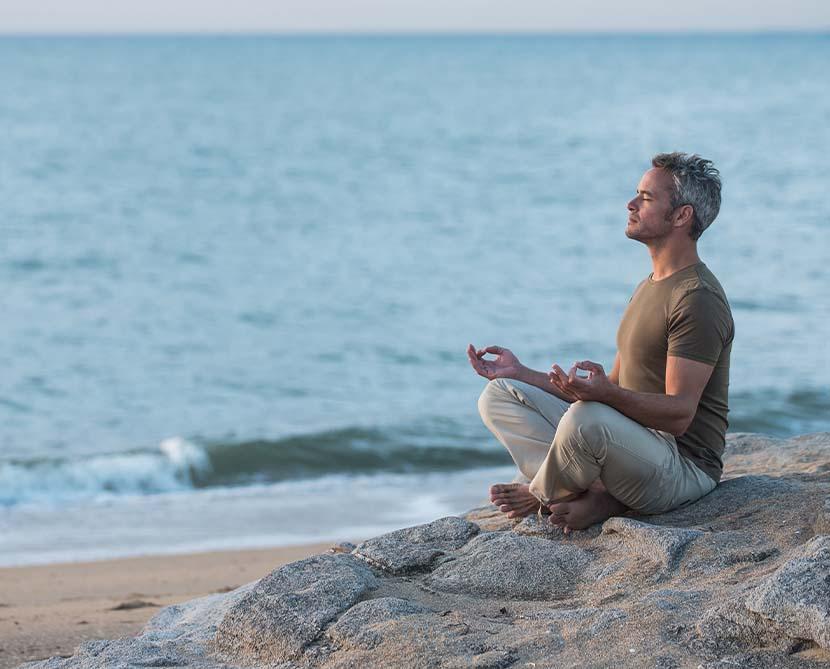
Of course, the above description is a major part of yoga. Still, the practice contains 8 limbs, focusing on different aspects of life, bringing awareness to one’s spiritual side:
- Yama: Describes how our behavior should be in Society.
- Niyama: Describes the behavior one should have with himself/herself.
- Asana: The physical exercises to strengthen our body and mind.
- Pranayama: Breathing techniques for the same.
- Pratyahara: A bridge between the world outside and inside us.
- Dharana: Concentrating on an object, thinking of nothing else.
- Dhyana: Concentrating on nothing. Complete seize from thoughts.
- Samadhi: When a person even forgets about his/her own existence and indulges completely with the cosmic soul.
Vedic Meditation
Just like yoga, meditation cannot be separated from the Vedic lifestyle. As you’re aware, this practice allows a deep look into one’s self, providing a state of complete awareness.
Although it can be done in various ways, Vedic meditation is typically accompanied by a mantra, a specific object, or a sound that allows you to focus, thus tapping into the deepest part of yourself.
By regularly practicing meditation, you will notice how your stress levels are significantly reduced, you have more control of your emotions, and your mental clarity is more enhanced than ever.
The best thing about it is that it can be done anywhere, at any time, especially when you need a bit of a pick-me-up.
In the beginning, practicing meditation may seem difficult since finding your center is not as easy as it looks, though it’s completely achievable.
Typically, you need to do it in a place where you feel entirely comfortable, with no distractions.
You’ve probably seen countless images of people sitting with their legs crossed over – so you can also do that! And while the floor may be uncomfortable, we have just the solution for you!
Our meditation sets with a cushion will provide immense comfort, making it much easier to find balance.
Moreover, they come in various colors, are perfectly fit for all kinds of settings, and fit practically anywhere!
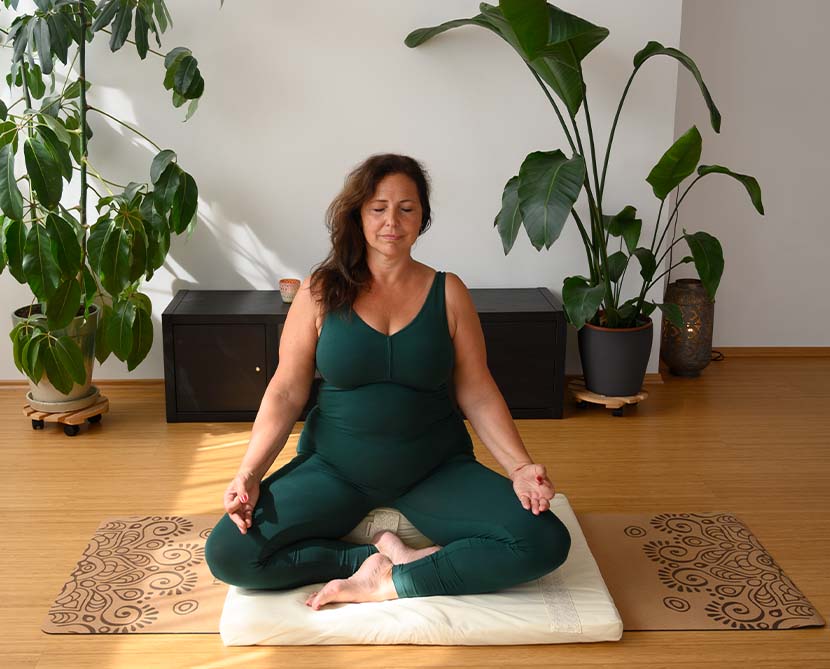
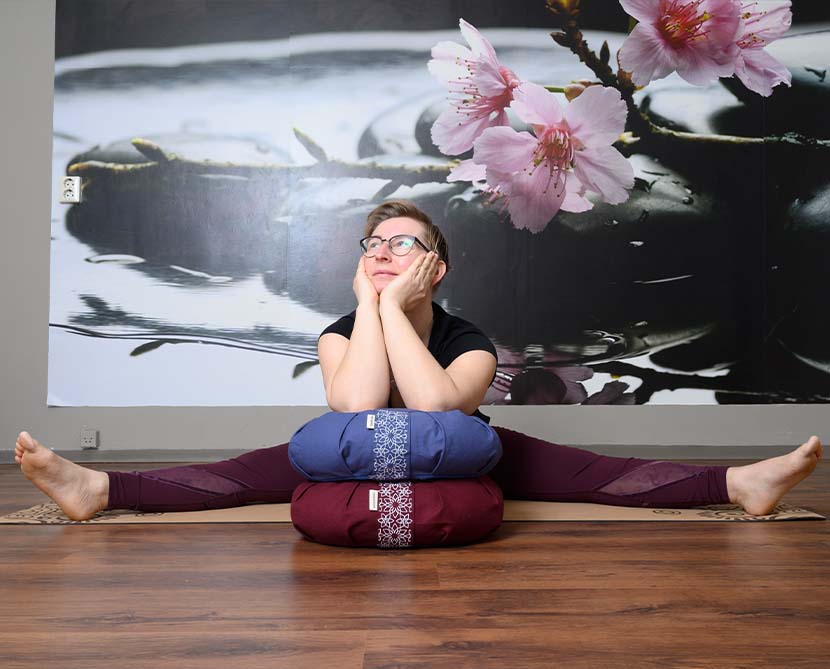
Vegetarianism
Finally, being vegetarian is also another key aspect of the Vedic lifestyle, but many people tend to stray away from it.
Of course, you can follow suit. However, your diet must be clean and nutrient reach.
Regarding Vedas, vegetarianism is more than just not eating animals but also about showing compassion towards them since no one is exempt from it.
In essence, one paves the way toward a peaceful and sustainable life by choosing not to eat food that involves violence.
As you can see, the Vedic lifestyle is just the peace of mind you need amidst the chaos of the modern world.
By tapping into your spiritual side and connecting to the world around you, you are protecting yourself from the world’s adversities, thus achieving a complete state of awareness.
If you’re just starting to adopt the ways of the Vedas, head over to our store for products that will assist in your journey of self-discovery.



